Now for Something Completely Different – And Wonderful
The Zombie Rights Campaign’s work has given me the opportunity to travel quite a bit, and go to a lot film festivals and theatre venues here in the Midwest. We’ve been to the Portage Theatre in Chicago many times for events with the Horror Society. We’ve been at every Dark Carnival Film Festival yet, held at the lovely Buskirk-Chumley theatre in Bloomington. The ZRC has also seen movies for our work at the Sundance Cinemas here in Madison and many conventional multiplexes and theatres for things like, say, the odious Zombieland or Resident Evil: Afterlife. Everything from a tiny strip mall theatre in central Illinois to Imax 3D searing Milla Jovovich’s smirk into my brain.
But there’s just something about those old, classic movie palaces. We love going to the Portage, and to the Buskirk, and so forth. And yet…
Most of these theatres aren’t really the same places they were in their heyday. They’re either slightly (or, let’s face it, significantly) faded or have been substantially refashioned/repurposed, and lost quite a bit of their original charm.
So I wanted to show off what the Overture Center, Madison’s big downtown arts venue, did with one of its opulent old movie palaces, the Capitol Theatre.
First, there’s the history:
In 1928, the Capitol Theatre opened its doors on State Street. Designed by the renowned Chicago firm of Rapp & Rapp, the Capitol was a marvelous example of the type of opulent movie houses that were built back in the silent film age. Seating 2,260, the theater’s decor had a Moorish/Spanish theme. Uniformed ushers escorted moviegoers to their seats to watch features starring luminaries such as Harold Lloyd and Maurice Chevalier, as well as vaudeville acts like Mae West and Al Jolson. The state-of-the-art building boasted the latest in modern conveniences and, perhaps most wonderful, a Grand Barton theater organ constructed by the Barton Musical Instrument Company of Oshkosh.
Capacity 1,089
Everything old is new again now that the venerable stage house once known as the Oscar Mayer Theatre has reopened as the Capitol Theater. The 1928 venue received a fresh and improved look and feel, with larger seats, enhanced sightlines and acoustics, and improved support spaces. Capitol Theater is especially popular for theatrical and concert events.
Significant historic features remain, including the Grand Barton Organ, the ornate ceiling, and the proscenium arch. A spacious new lobby, stunning original architectural details, glittering chandeliers, and ornate wall sconces create an unforgettable theater environment.
Obviously there have been some major changes. For one, the seating capacity is reduced by more than half from the original era; this is apparently a combination of the larger seats and removing seating areas that were handicap inaccessible or had terrible views from the far sides or far underneath the balcony. In place of that bad seating a new lobby was constructed that honestly had me fooled thinking it was a lot older:
“Significant historic features will remain, including the Grand Barton Organ, ornate ceiling, wall niches, proscenium arch and chandelier lighting. The space will become a mid-size performance venue, providing seating for 400 at the orchestra level and up to 600 in the balcony.
The seats currently located on the first floor under the rear of the balcony as well as the marginal side seating on both floors, now seriously comprised by inadequate sound, sight lines, and handicap inaccessibility, will be removed. In this space a new lobby and a more intimate theater environment will be created, while preserving the important historic features and character of the original Rapp & Rapp theater”.
I think they succeeded pretty astoundingly.
First, here’s how the theatre interior looked in the old days:
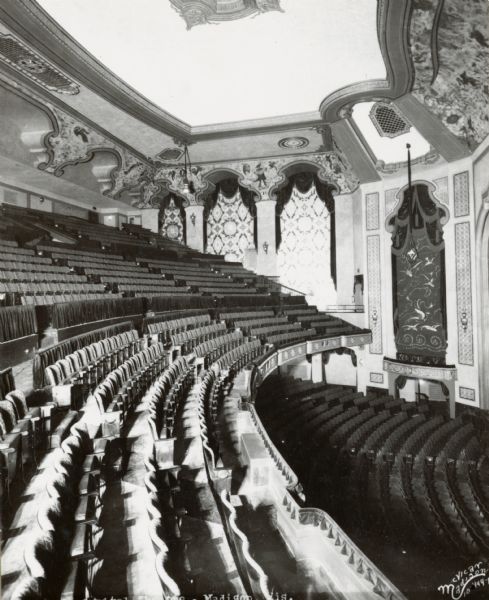
Here’s how it looks today:
They aren’t kidding about the historical features being kept intact either. Take a look at some of this, including that great old organ they mentioned:
Not everything was retained. The original staircase and entrance are gone, which is sad, although very similar structures remain right across the street at the Orpheum Theatre, which is awaiting its own chance at a complete restoration and still serving as a very nice movie house in the meantime.
Still… the degree to which the Capitol Theatre has been restored to its heyday is stunning. And hey; they still even show silent movies, with organ accompaniment, and even some live vaudevillian entertainment.
Granted, some of these films are a slight anachronism for a theatre built in 1928, but roll with it; the organ is getting a good workout after all.
Even that apparently newish lobby looks like it fits right in:
I suppose this post has been a bit odd for the ZRC Blog. It’s not about Zombie Rights per se, and I’m neither condemning nor praising anything for its treatment of the Differently Animated. Still, we’ve picked up some things in our travels for The Cause, and for me, an appreciation of movie houses is one of them. I thought that others out there with a similar appreciation for such places might enjoy seeing one of them fixed up to at least largely resemble its full, original, ridiculously ornate glory.
What a place to catch a show.
For more pictures of the Capitol Theatre over its lifetime you can visit the Wisconsin Historical Society here and search for ‘Capitol Theatre’.
For our full flickr set from tonight (I apologize for the relatively low quality, but I wasn’t using a flash out of consideration of others) go here.


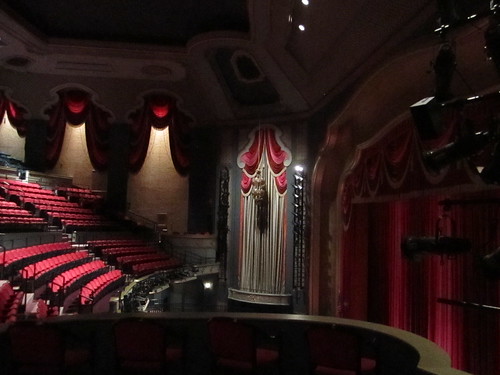


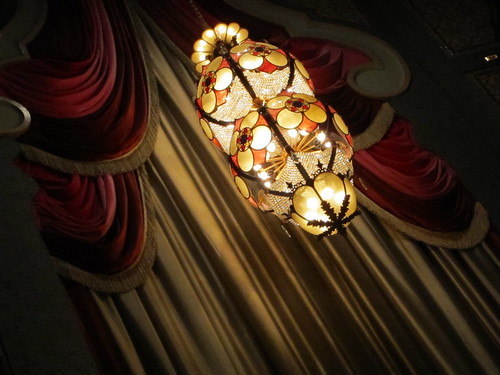
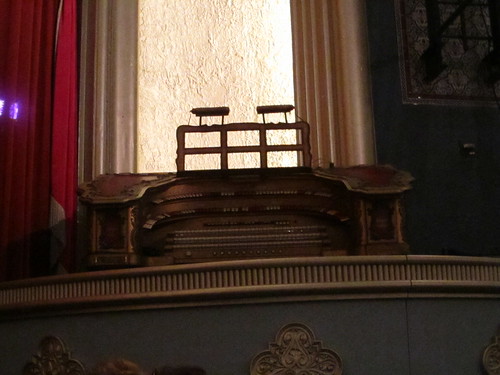
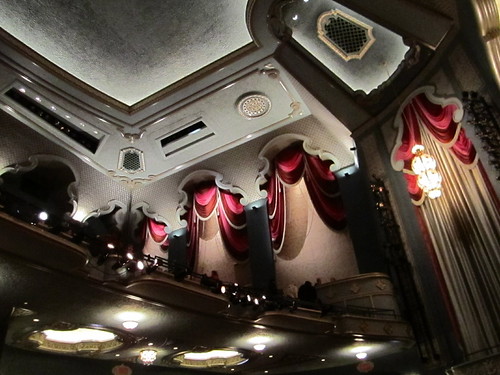
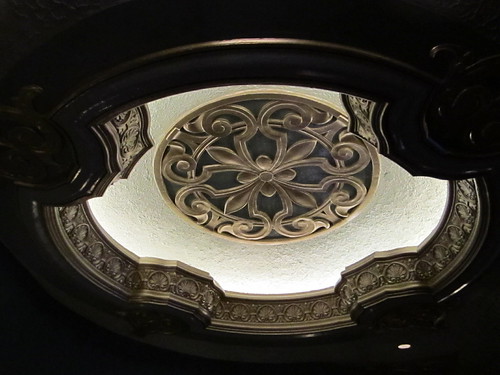
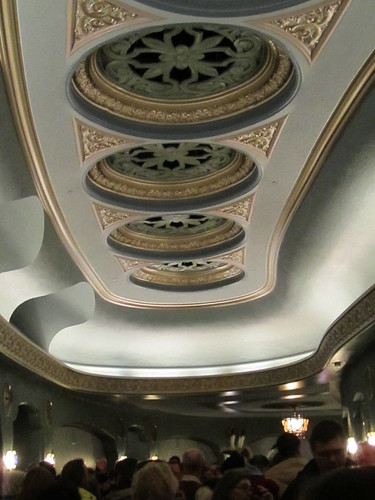
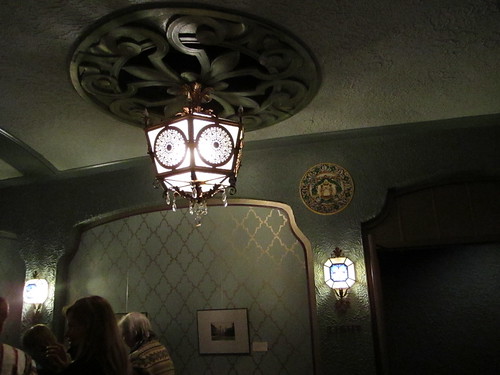
Comments